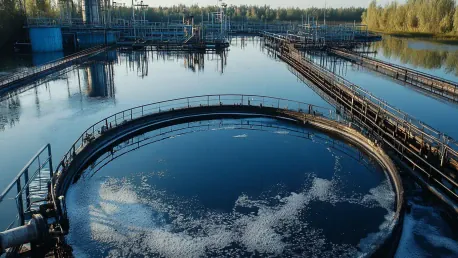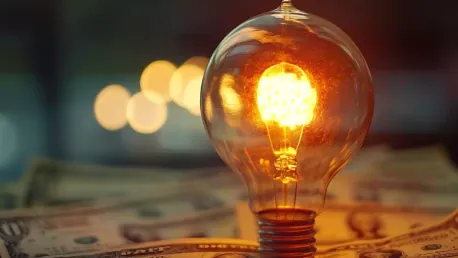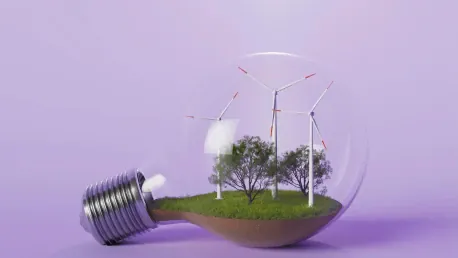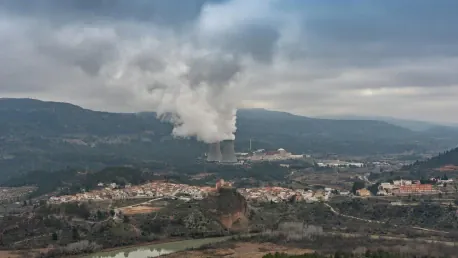
Can Wastewater Fuel a Sustainable Future for the Aviation Industry? Innovative technology is playing a pivotal role in advancing the aviation industry towards a more sustainable future by converting wastewater into eco-friendly aviation fuel. This breakthrough promises a substantial reduction in

Pacific Gas and Electric Company (PG&E) and Citizens Energy Corp. have partnered on an investment program designed to help lower- and moderate-income households manage their energy bills more effectively. This initiative, consisting of a significant financial investment by Citizens Energy, is set

Tri-State Generation and Transmission Association recently achieved a significant milestone with the completion of the Burlington-Lamar electricity transmission line in eastern Colorado. This 230-kilovolt line extends over 112 miles and includes substations in both Burlington and Lamar. Launched in

The revival of the Three Mile Island Unit 1 nuclear plant, now renamed the Crane Clean Energy Center (CEC), stands as a crucial effort in addressing the burgeoning demand for clean energy. Constellation Energy's ambitious project aims to bring the 835-MW Pennsylvania nuclear plant back online by

TerraPower's Kemmerer Power Station Unit 1 project has reached a significant milestone with the U.S. Nuclear Regulatory Commission (NRC) completing its draft safety evaluation (SE) a month ahead of schedule. This 345-MW sodium-cooled fast reactor (SFR) is currently under development in Wyoming, and

In this interview, we have Christopher Hailstone, an expert in energy management, renewable energy, and electricity delivery. He will provide insights into the anticipated growth in U.S. electricity demand, the role of various factors in this growth, and the impact of federal policies and